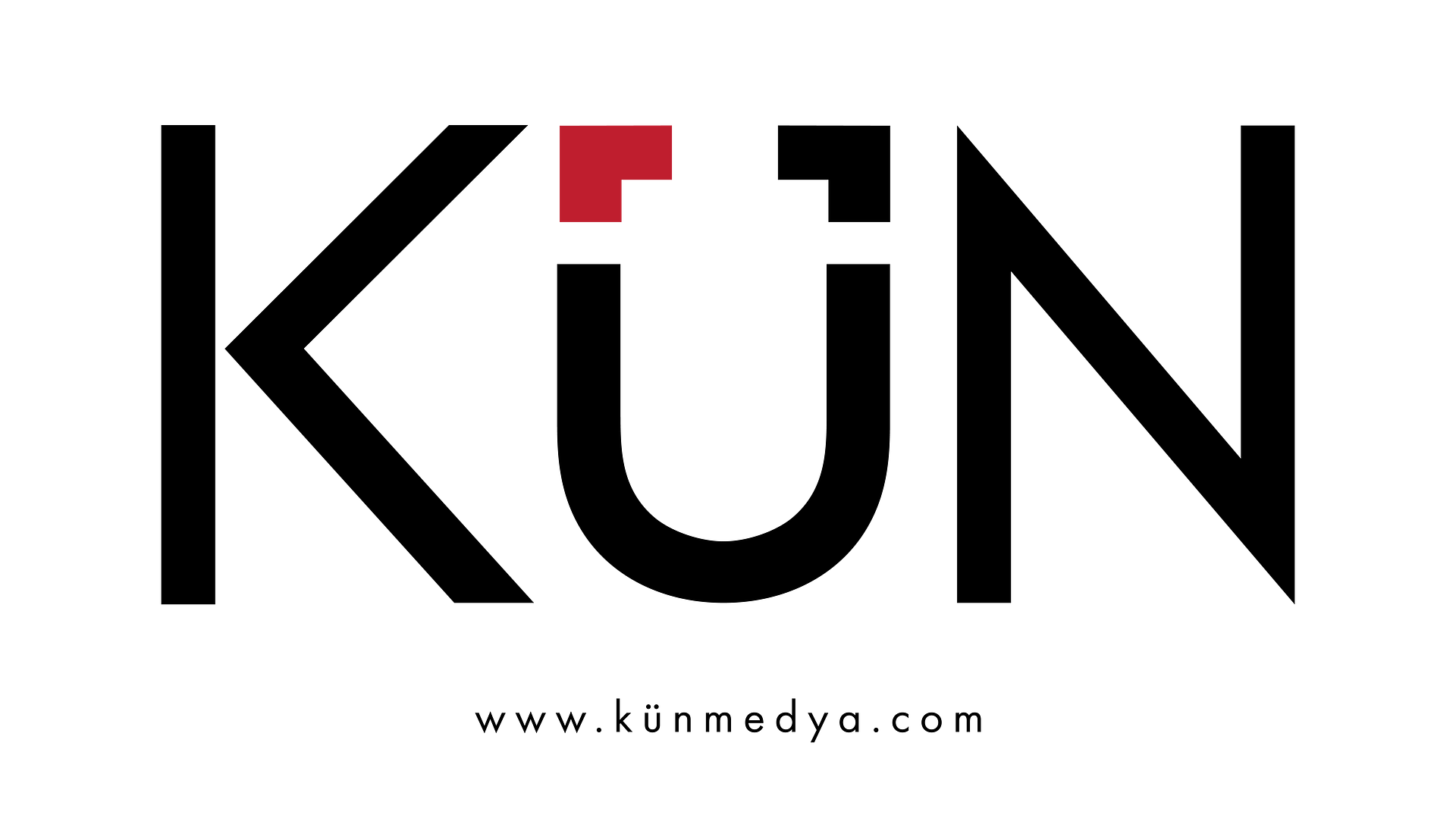
How to Make Greenbox Studio?
Greenbox-equipped studios have become a popular choice for people and institutions that do not want to spend a lot of money on decor. Thanks to this approach, no matter where you want to film, you can do so in the simplest and most cost-effective manner possible without having to transport your equipment or team.
Greenbox Studio Features
Following the selection of the proper space, the necessary excavation, crushing, casting, and modification operations, as well as sound insulation, are finished, the electrical and electronic infrastructure is installed, and the entire area is painted with greenbox paint. When setting up the studio, it’s important to consider the green fund that will be used.
Camera and Light
Any camera may be used to do greenbox operations. The machine that performs the Greenbox process is the most crucial component. Here, the camera is in the centre of the frame. Cameras are vital because they convert the picture to digital and send it to the appropriate equipment, but where and how you execute the greenbox process is more significant.
When it comes to lighting in the virtual studio, cold lights are preferable. Depending on the scenario, contours can also be formed with white and warm lights from above. The goal of contouring is to produce a strong line of light in the person’s hair, shoulders, and arms, making keying simpler and separating them from the backdrop. With white or yellow light, you can easily generate this curve. Technical Instruments In the Greenbox studio, there are two ways to shoot. Standard Keying Method: First and foremost, the camera is set up in front of a green studio backdrop. The taken photographs are transferred to the assembly set, and the green backdrop is removed before adding the appropriate image as a background. This is the Croma Key approach in its most basic version. Keying takes occur in real time with the Virtual Studio Method. Because real-time filming is done in the virtual studio, the camera utilized is fixed. You may browse on the backdrop at the same angle with TriCaster while making camera motions (pan, tilt, zoom) in real-time. On TriCaster, you may supply 8 camera perspectives, which you can mix or chop if you like. Greenbox Studio, which first appeared in Turkey in the early 2000s, is favored by webtv broadcasters and TV networks that produce children’s programming.





